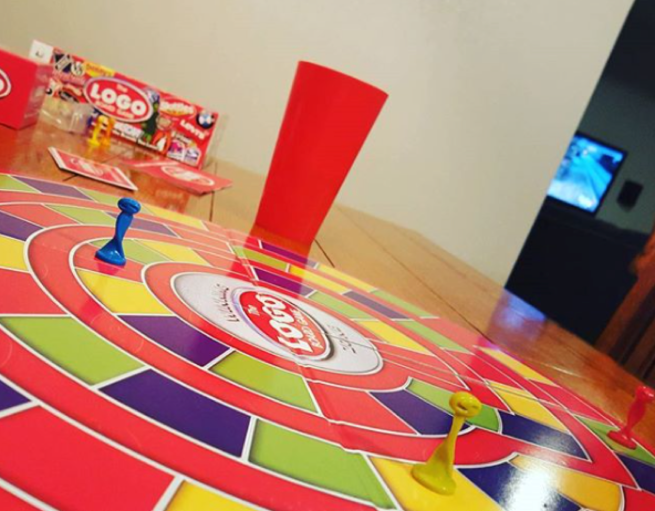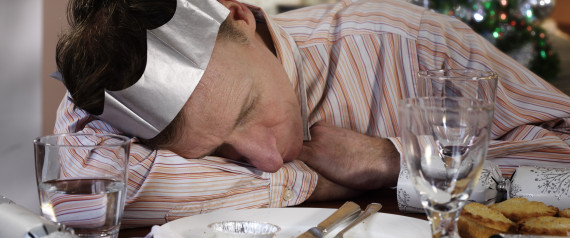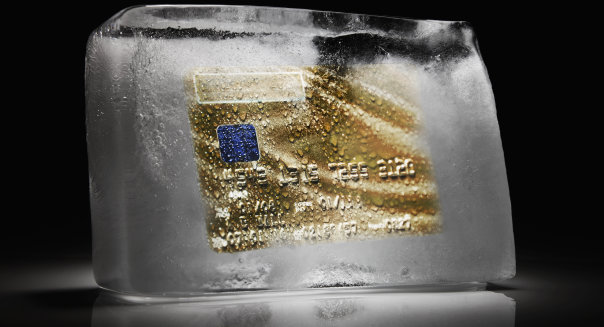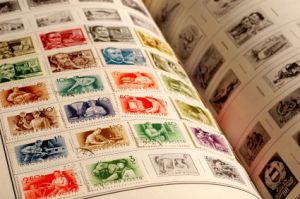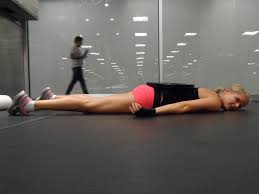No such thing as neutral
None.
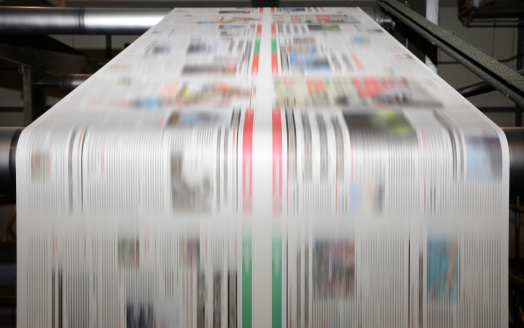
Everything said, written and decided is done so with inclination. Everything an individual is exposed to – marketing, literature, supermarket shelves – is loaded with another’s inclination. Everything including, and perhaps none more so, than media content.
Bias and inclination have always existed but debate over whether they should be permitted has heightened. Recent debates around media neutrality, fake news and a ‘post-truth’ era have focused on the role of creators and curators, blaming them whilst excusing the consumer.
But, consumers should bear some of the burden too.
Awareness of failures
Daniel Kahneman1 has led the overhaul of the traditional economic view that human beings are wholly logical, rational entities. They do not weigh up the pros and cons of every possibility, scrutinise every fact or render the environment irrelevant. Acceptance that human beings operate according to mental shortcuts (heuristics) and bias, rather than exhaustive analysis of pros and cons, is becoming the norm. The theory now needs to be applied to the content neutrality debate2.
The creators and curators
Creators are now peers, as well as journalists. Curators now peers and social networks, as well as large scale broadcasters. These shifts are not the cause of bias in the media industry though. Audiences have always been led – and manipulated – to serve the agenda of the creators and curators.
News has always been broadcast with inclination, the defining attribute of bias. The stone-carved government bulletins of Ancient Rome only communicated what the government wanted the public to know. The newspapers of the 15th to 19th century only published what aligned with the title’s positioning. The papers and broadcasters of the 20th century only broadcast what aligned with the ruling mogul’s vision. The decision to publish, broadcast or tweet, let alone the narrative told, is in and of itself a bias. Even when a subject is a real issue, the weighting it receives determines the perceived magnitude, as well as the interpretation. The fragmentation of journalism has not changed this, it has merely expanded the number of individuals able to publish their inclination. And as a result, influence public perceptions.
Many believe this diffusion of control is a good thing. The ability of a small number to manipulate the opinion of the masses has been diminished. One downside to this is a reduction in the number of filters content has to go through before it is consumed. The average blog does not undergo fact checking or third-party editing, few even cite sources; the average tweet is subject to negligible thought, let alone, verification. But all exist to communicate the opinion of the creator. Content – no matter who created, or curated it – is loaded with inclination and bias.
Many people claim to be aware of these biases. Some 64% of Brits do not believe their media covers all sides of the story3, a further 43% do not believe it covers news accurately3. Yet, these people remain influenced.
The not-so-innocent consumer
Not only are messages of questionable content still taken on board, they are often shared. A significant proportion of people, 23%, admit to having shared false news on social media, 14% knowingly4. The bias content comes laden with provide a better explanation for this than, as the study cites, ‘to raise the profile of false news’ or ‘comedy value’4
Firstly, the tenancy to overestimate one’s own abilities leads to inflated confidence in identifying fake information. 84% of individuals being confident in their ability to spot fake news4 is grounded by comparison to, a statistically impossible, 80% of individuals rating themselves above average drivers6 . The need to protect ones’ self and world view – whether that be as a good driver, or an informed member of society – prevails over almost any other human bias. Just like media creators and curators, individuals seek to serve their own agendas.
Logic may argue that internalising or sharing content known to be false would undermine one’s self-view, and for that matter the worlds view of the self, but this does not seem to be the case. The term ‘post-truth‘8 has brought to light the enduring influence of content later proven false. It appears that news and media content is subject to the primacy effect9, that is, the tenancy to recall and hold true the first thing heard, irrespective of what comes later. This enduring influence is only exasperated by authority and social biases.
Journalists and broadcasters have always enjoyed authoritive status, resulting from perceived knowledge. Even in the media-cynical 00s, when journalists fell to the fourth-least trusted profession (25%, behind politicians, government ministers, and estate agents)5, they still held significant influence over the public’s beliefs and opinions. For the same reason doctors’ orders are followed, media is consumed complicity. The fragmentation of media has not eradicated the authority bias. Instead, it has granted a greater number of individuals perceived authority, and the resulting influence.
Today we even know who these people are – what they look like, what they eat for breakfast, where they shop and where they go on holiday – heightening their influence further. This knowledge enables selection of content from similar and liked creators and curators, not only confirming the self-view, but reducing the likelihood of questioning the content. The social bias increasingly present in content enhances the influence of content from authority, and provides it to the content of peers. Nowhere is this more evident than in social media, surrounded by friends and admired ones, able to make consumption visible.
Whose fact checking?
Responsibility has always been attributed to the creators and curators. This duty should not be alleviated. But, consumers should take some responsibility too.
Creators and curators have always produced content with bias and inclination, enabled by authority, growing social influence and the consumers’ need for self-reinforcement. And ignorance of these biases. But today, there is awareness of these biases. Awareness is not automatically followed by correction but it does open the door to it.
The greatest impact consumers can have on reducing the bias of content is, not by blaming creators and curators, but by taking responsibility themselves. Scrutinising and questioning, rather than remaining passive readers, watchers and sharers.
In an ideal world, content would be neutral as well as factual. Except, this would fail to serve the needs of the opinionated creators, the mogul curators or the insecure consumer. The degree of inclination has probably slipped too far, but it would not have been able to if consumers had taken a more active role in questioning and cross-referencing content.
There may be no such thing a thing as neutral, but acknowledging this enables control to be taken back.
Sources
1 – https://kahneman.socialpsychology.org
2 – http://www.lse.ac.uk/study/executiveEducation/customisedExecutiveEducation/clientStories/LSE-Custom-Programmes-Rise-Behavioural-Economics.pdf
3 – http://www.globescan.com/news_archives/bbcreut_country.html
4 – http://www.journalism.org/2016/12/15/many-americans-believe-fake-news-is-sowing-confusion/
5 – https://www.ipsos-mori.com/researchpublications/researcharchive/3685/Politicians-are-still-trusted-less-than-estate-agents-journalists-and-bankers.aspx
6 – https://www.ncbi.nlm.nih.gov/pubmed/3730094
7 – https://en.wikipedia.org/wiki/Authority_bias
8 – https://en.oxforddictionaries.com/definition/post-truth
9 – https://en.wikipedia.org/wiki/Serial_position_effect


